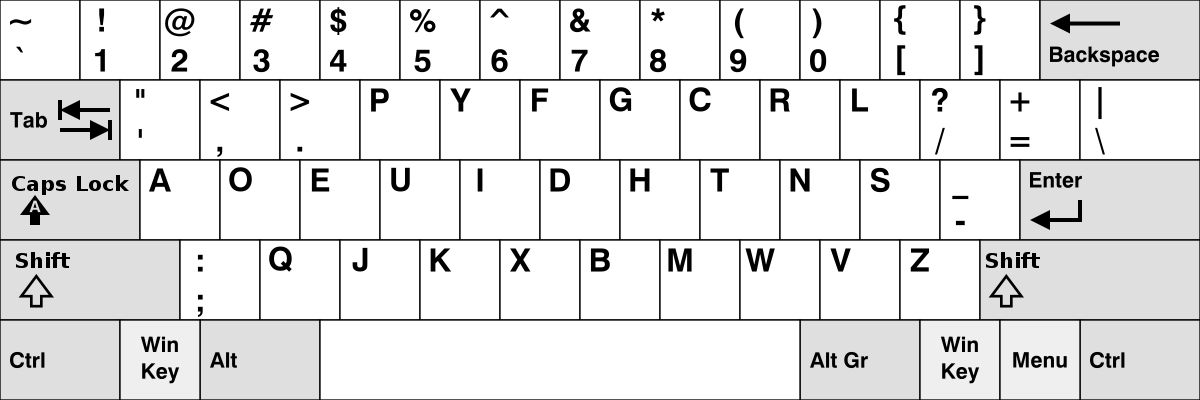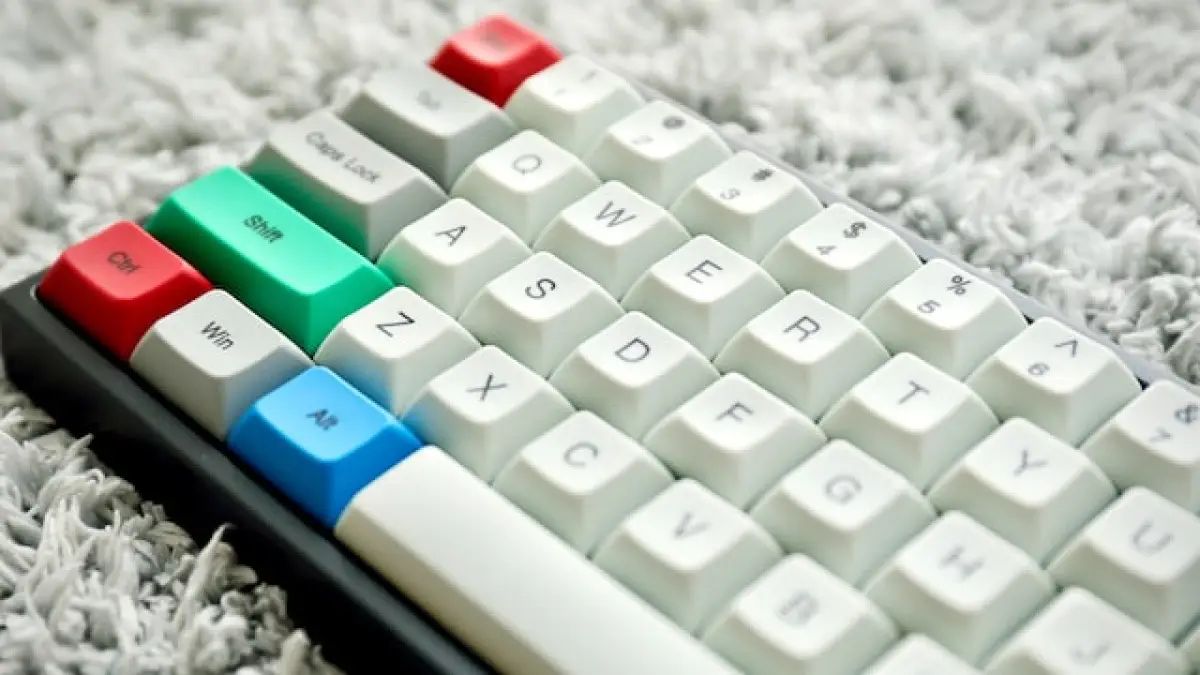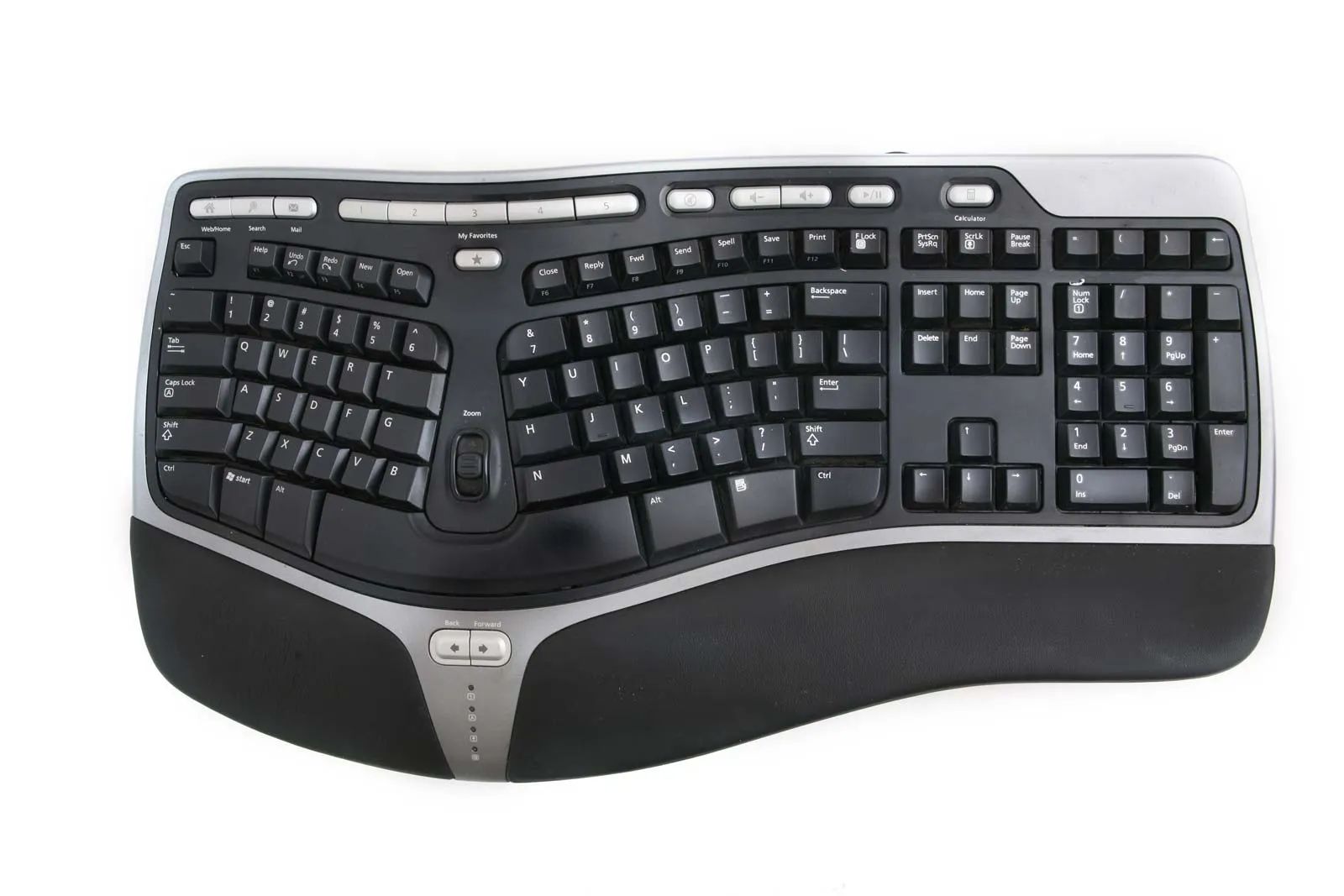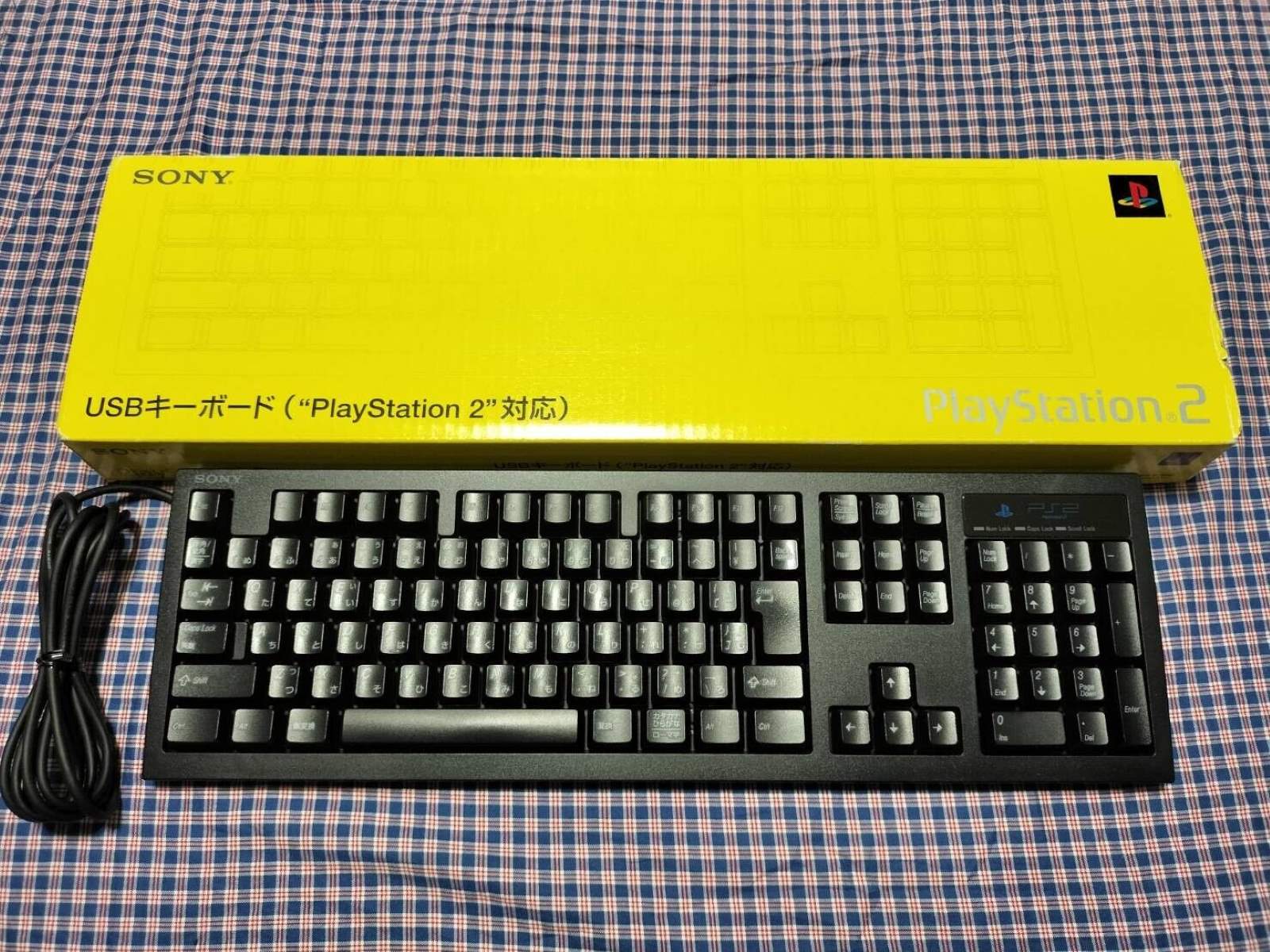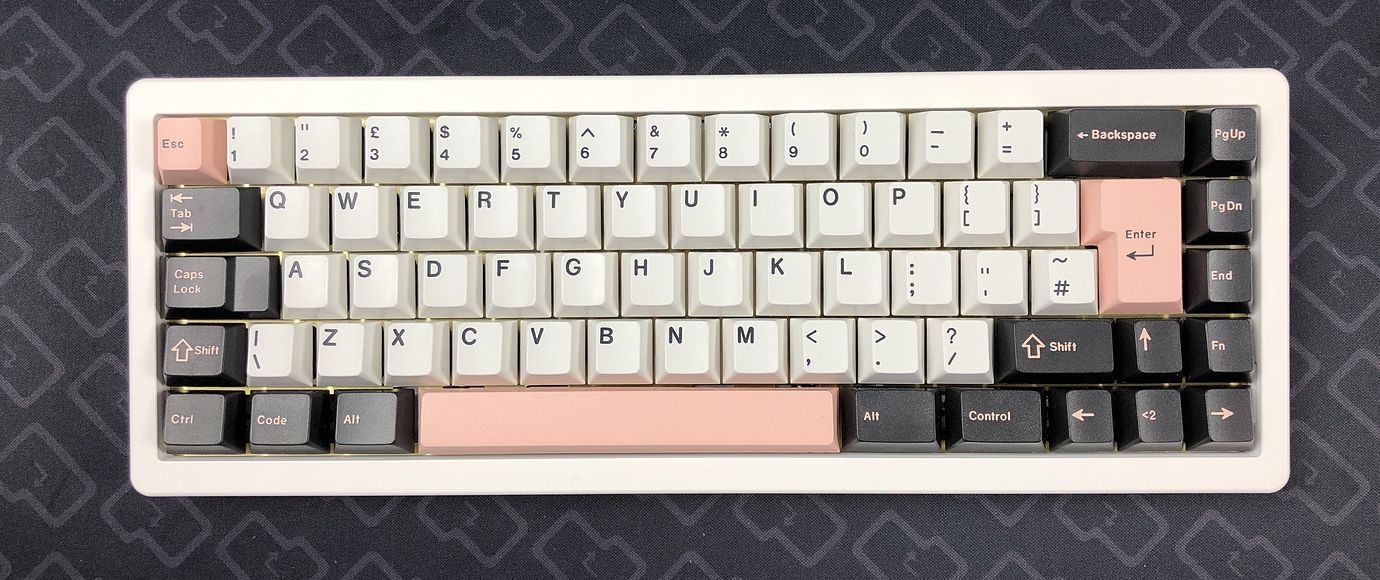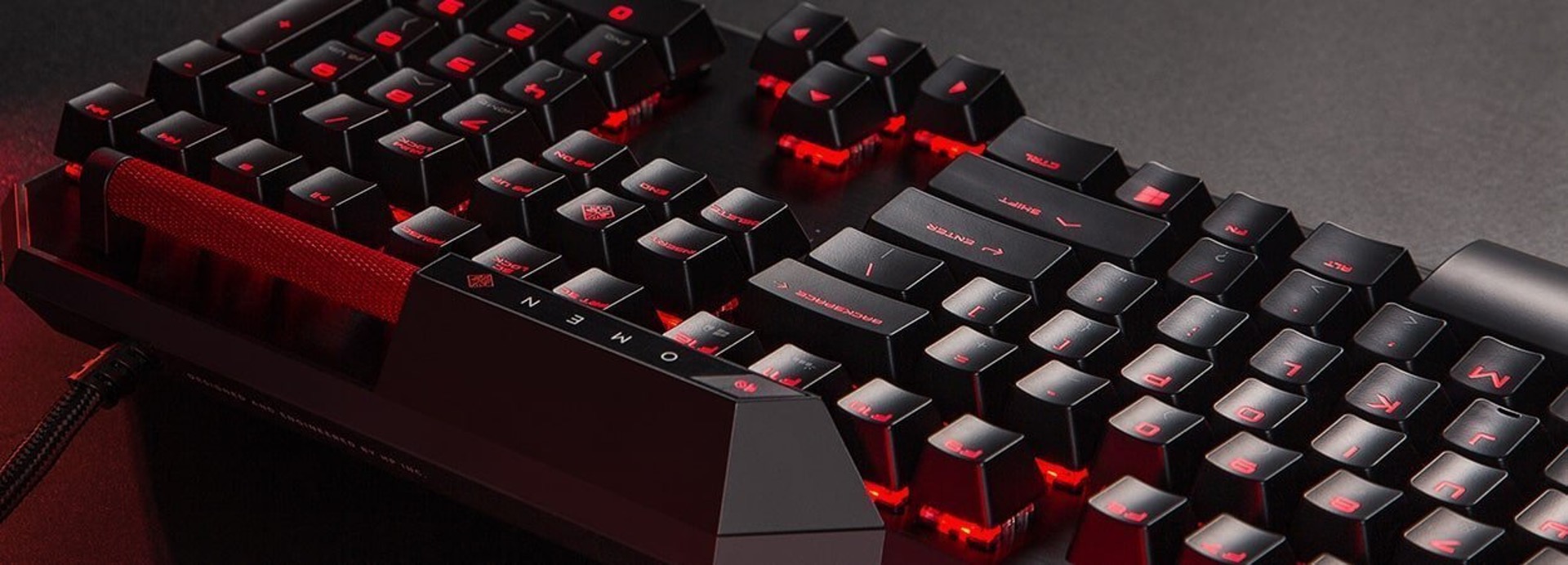Introduction
Welcome to the world of keyboards! We interact with keyboards on a daily basis, whether it’s typing a document, sending an email, or even playing games. While most of us are familiar with the standard QWERTY keyboard layout, there are alternative designs that offer a more efficient and ergonomic typing experience. One such design is the Dvorak Simplified Keyboard.
Named after its creator, Dr. August Dvorak, the Dvorak keyboard layout was developed in the 1930s as an alternative to the commonly used QWERTY layout. Its design aimed to improve typing speed, reduce finger fatigue, and increase overall productivity. Over the years, the Dvorak keyboard has gained a dedicated following of users who appreciate its numerous benefits.
In this article, we will explore the evolution of keyboards, delve into the details of the QWERTY and Dvorak layouts, uncover the advantages of the Dvorak keyboard, and discuss the process of learning and transitioning to this alternative layout. So, whether you’re a keyboard enthusiast looking to optimize your typing experience or simply curious about the Dvorak keyboard, let’s dive in and discover the world of efficient typing.
Evolution of Typewriters
To understand the development of keyboard layouts, it’s essential to take a step back and explore the evolution of typewriters. The typewriter, invented in the 1860s, revolutionized written communication and paved the way for modern-day keyboards.
The earliest typewriters featured alphabetical layouts, which, though intuitive, resulted in frequently jammed keys due to the proximity of frequently paired letters. In response to this issue, the QWERTY keyboard layout was introduced in 1873 by Christopher Sholes. This layout rearranged the keys to separate commonly paired letters and minimize jamming. Despite its success in reducing mechanical issues, the QWERTY layout was not designed with efficiency or ergonomics in mind.
The QWERTY layout gained popularity and became the standard for typewriters and eventually computer keyboards. However, as technology progressed, so did the need for more efficient and ergonomic keyboard layouts. This led to the development of alternative designs, with the Dvorak Simplified Keyboard being one of the most prominent.
The Dvorak keyboard layout was created by Dr. August Dvorak and his brother-in-law, Dr. Nellie Merrick, in the 1930s. Their research, focused on maximizing typing efficiency, led to a layout that places the most commonly used keys on the home row, reducing finger movement and strain. The Dvorak layout also aims to distribute the workload more evenly among the fingers, resulting in a smoother and more comfortable typing experience.
QWERTY Keyboard
The QWERTY keyboard, named after the sequence of letters on its top row, is the most widely used keyboard layout in the world. Developed in the 1870s, it was originally designed for typewriters and later carried over to computer keyboards. The layout’s popularity and widespread adoption can be attributed to its familiarity and historical precedent.
The QWERTY keyboard layout was devised by Christopher Sholes, who aimed to address the jamming issues of early typewriters. By rearranging the keys, Sholes sought to reduce the likelihood of adjacent letters striking each other and causing mechanical jams. Consequently, the layout placed commonly paired letters, such as “H” and “E,” separated by other letters, making it less likely for them to collide.
While the QWERTY layout did solve the mechanical jamming problem, it introduced new challenges in terms of typing efficiency and ergonomics. The design prioritized preventing key collisions rather than optimizing finger movement or reducing finger fatigue. As a result, the QWERTY layout often requires unnecessary finger stretches and movements, leading to decreased typing speed and increased strain over time.
The QWERTY keyboard layout has become deeply ingrained in society, and many individuals have grown accustomed to using it. Despite its limitations, its widespread use has created a strong network effect, making alternative keyboard layouts less accessible and less familiar to the majority of users. However, as the demand for improved typing efficiency and ergonomic considerations increases, alternative layouts like the Dvorak keyboard are gaining attention and popularity.
Dvorak Simplified Keyboard
The Dvorak Simplified Keyboard is an alternative keyboard layout designed to maximize typing speed, efficiency, and ergonomics. Developed in the 1930s by Dr. August Dvorak and Dr. Nellie Merrick, the Dvorak layout aims to address the shortcomings of the traditional QWERTY keyboard.
The Dvorak keyboard layout is designed based on principles derived from statistical analysis of letter frequency and finger movement. It rearranges the keys to prioritize the most commonly used letters on the home row, where the fingers naturally rest. This reduces finger movement and strain, allowing for faster and more comfortable typing.
One of the key features of the Dvorak layout is its optimized placement of vowels and frequently used consonants on the home row. This design choice is based on the observation that roughly 70% of typing is done on the home row, making it more efficient to have commonly used letters readily accessible.
Additionally, the Dvorak layout aims to distribute the typing workload more evenly across both hands. The layout places high-frequency letters on the stronger and more dexterous fingers, such as the index and middle fingers, while less frequently used letters are assigned to the weaker fingers. This allocation of letters contributes to a smoother and more efficient typing experience.
Although the Dvorak layout may initially feel unfamiliar and require relearning, users who have made the switch often report significant improvements in typing speed, accuracy, and reduced finger fatigue. The layout’s ergonomic design can help prevent repetitive strain injuries such as carpal tunnel syndrome, making it particularly attractive for individuals who type for extended periods.
Benefits of the Dvorak Keyboard
Choosing the Dvorak Simplified Keyboard over the traditional QWERTY layout offers several key benefits. While the transition from QWERTY to Dvorak may require some initial effort, the potential advantages make it worthwhile for many users.
Increased Typing Speed: One of the primary benefits of the Dvorak layout is its potential to boost typing speed. The optimized placement of commonly used letters on the home row and the reduced finger movement allow for quicker and smoother typing. Many users report significant increases in their words per minute (WPM) after adapting to the Dvorak layout.
Reduced Finger Fatigue: The ergonomic design of the Dvorak layout minimizes finger stretches and awkward hand movements. This can greatly reduce finger fatigue and the risk of developing repetitive strain injuries, such as carpal tunnel syndrome. Typing on the Dvorak keyboard feels more natural and comfortable, especially during extended typing sessions.
Improved Accuracy: With the Dvorak layout, there is a reduced likelihood of typing errors. The layout’s design places frequently used keys in easily accessible positions, making it easier to hit the right keys accurately. The optimized finger distribution also helps in maintaining a consistent and smooth typing rhythm, resulting in improved accuracy.
Easier Learning Curve for Beginners: For individuals who are new to typing or have limited experience on QWERTY keyboards, learning the Dvorak layout can actually be easier. Since the Dvorak layout is designed to be more logical and based on letter frequency, beginners often find it intuitive and straightforward to adapt to this layout without the need to unlearn QWERTY habits.
Greater Efficiency: The Dvorak layout’s optimized arrangement of letters and reduced finger movement translates to increased typing efficiency. Users often find that they can accomplish tasks more quickly and with less effort on the Dvorak keyboard compared to QWERTY. This efficiency can be particularly beneficial for professionals who rely heavily on typing for their work.
Incorporating the Dvorak Simplified Keyboard into your typing routine can unlock these benefits and revolutionize the way you interact with your keyboard. However, it’s important to note that the actual experience may vary from person to person, and the decision to switch to the Dvorak layout should be based on personal preference and needs.
Learning the Dvorak Keyboard
Transitioning from the QWERTY keyboard to the Dvorak Simplified Keyboard requires a period of adjustment and learning. However, with some dedication and practice, users can become proficient in typing on the Dvorak layout.
Study and Familiarize: Start by studying the Dvorak layout and familiarizing yourself with the new key positions. There are numerous online resources, tutorials, and interactive typing courses available that provide visual aids and exercises to help you understand the layout more effectively.
Practice with Typing Software: Utilize typing software or online typing tutors specially designed for the Dvorak layout. These programs offer lessons and typing exercises that gradually increase in difficulty, allowing you to practice typing while improving your muscle memory. Consistent practice is key to building speed and accuracy.
Label Your Keys: Consider using keyboard key stickers or labels specifically designed for the Dvorak layout. These labels can be placed on your keyboard to provide visual cues for the new key positions. With time, you will become more familiar with the Dvorak layout and won’t rely on the key labels as much.
Set Realistic Goals: Adjust your expectations and set realistic goals during the learning process. Understand that it will take time to become proficient in typing on the Dvorak keyboard. Don’t get discouraged by initial setbacks or slower typing speeds. With consistent practice, your speed and accuracy will improve steadily.
Use Dvorak Keyboard Overlays: Another option is to use Dvorak keyboard overlays. These transparent stickers can be placed on top of your existing keyboard, transforming it into a Dvorak layout temporarily. This allows you to practice typing without relying on visual cues, helping you memorize the key positions more effectively.
Gradually Transition: Ease into the transition by setting aside dedicated practice time for typing on the Dvorak layout. Initially, you may find it helpful to switch back to the QWERTY layout when performing tasks that require familiarity and speed. Over time, your proficiency on the Dvorak keyboard will increase, and you will rely less on the QWERTY layout.
Remember, learning the Dvorak keyboard is a process that requires time, patience, and consistent effort. Embrace the learning curve, and soon you will reap the rewards of increased typing speed, improved accuracy, and reduced finger fatigue.
Dvorak Keyboard vs QWERTY Keyboard
The debate between the Dvorak and QWERTY keyboard layouts has been ongoing for years, with proponents on both sides passionately advocating for their preferred layout. Let’s compare the key differences between the two layouts to help you make an informed decision.
Efficiency: The Dvorak keyboard is often touted as being more efficient than QWERTY. Its ergonomic design and optimized key placement minimize finger movement and strain, resulting in potentially faster typing speeds. QWERTY, on the other hand, was designed to prevent mechanical jams and does not prioritize efficiency.
Learning Curve: Transitioning from QWERTY to Dvorak requires relearning the keyboard layout. This can be challenging and time-consuming, especially for individuals who are already proficient in typing on QWERTY. However, beginners or those new to typing may find it easier to learn on the Dvorak layout as it is more logical and based on letter frequency.
Popularity and Compatibility: The QWERTY layout is the most widely adopted and supported keyboard layout worldwide. It is the default choice on most devices and operating systems, making it extremely compatible with various software applications and devices. In contrast, support for the Dvorak layout may be limited, requiring additional software configuration or customization.
Consistency and Muscle Memory: If you switch between devices frequently or type on other people’s keyboards often, sticking with QWERTY may be more convenient. Transitioning to the Dvorak layout might disrupt your muscle memory and lead to frustration when using QWERTY keyboards. However, once accustomed to the Dvorak layout, muscle memory can be retrained, making it easier to switch back and forth between layouts.
Ergonomics and Comfort: The Dvorak layout’s ergonomic design aims to reduce finger fatigue and the risk of developing repetitive strain injuries. It promotes a more natural hand position and less hand movement, potentially reducing the incidence of hand and wrist-related discomfort. QWERTY, on the other hand, may require more finger stretching and awkward hand movements.
Personal Preference: Ultimately, the choice between Dvorak and QWERTY comes down to personal preference and individual needs. Some people may find that the Dvorak layout significantly improves their typing experience and productivity, while others may be satisfied with using QWERTY due to its familiarity and widespread adoption.
It’s important to carefully consider your typing habits, goals, and familiarity with QWERTY before determining if the switch to the Dvorak layout is right for you. Experimenting with different layouts and seeking personal experiences from Dvorak users can also help inform your decision.
Conclusion
The choice between the Dvorak Simplified Keyboard and the traditional QWERTY layout ultimately depends on your personal preferences, typing habits, and goals. While QWERTY is the dominant and widely supported keyboard layout, the Dvorak layout offers potential benefits in terms of typing speed, efficiency, and ergonomics.
If you find yourself typing for extended periods or experiencing finger fatigue, the Dvorak layout’s ergonomic design may offer a more comfortable and efficient typing experience. The optimized key placement and reduced finger movement can potentially increase your typing speed and accuracy while minimizing the risk of repetitive strain injuries.
However, it’s important to note that switching to the Dvorak layout requires a period of adjustment and relearning. There will be a learning curve, and you may need to invest time and effort into practicing and building muscle memory. It’s also crucial to consider the compatibility and availability of Dvorak support in your software and devices.
For beginners or individuals who are not yet proficient in typing on QWERTY, learning the Dvorak layout may be simpler and more intuitive. However, those who are already comfortable with QWERTY may find it more challenging to switch to Dvorak, especially if they need to use QWERTY keyboards frequently.
Ultimately, the decision to adopt the Dvorak layout is a personal one. If you are curious about optimizing your typing experience or are seeking a more efficient and ergonomic alternative to the QWERTY layout, exploring and learning the Dvorak keyboard may be worth considering. It’s essential to understand the potential benefits and drawbacks and make an informed decision based on your individual needs and preferences.
No matter which keyboard layout you choose, cultivating good typing habits, maintaining proper ergonomics, and taking regular breaks to stretch and rest your hands and wrists are crucial for long-term typing comfort and health. Happy typing!







